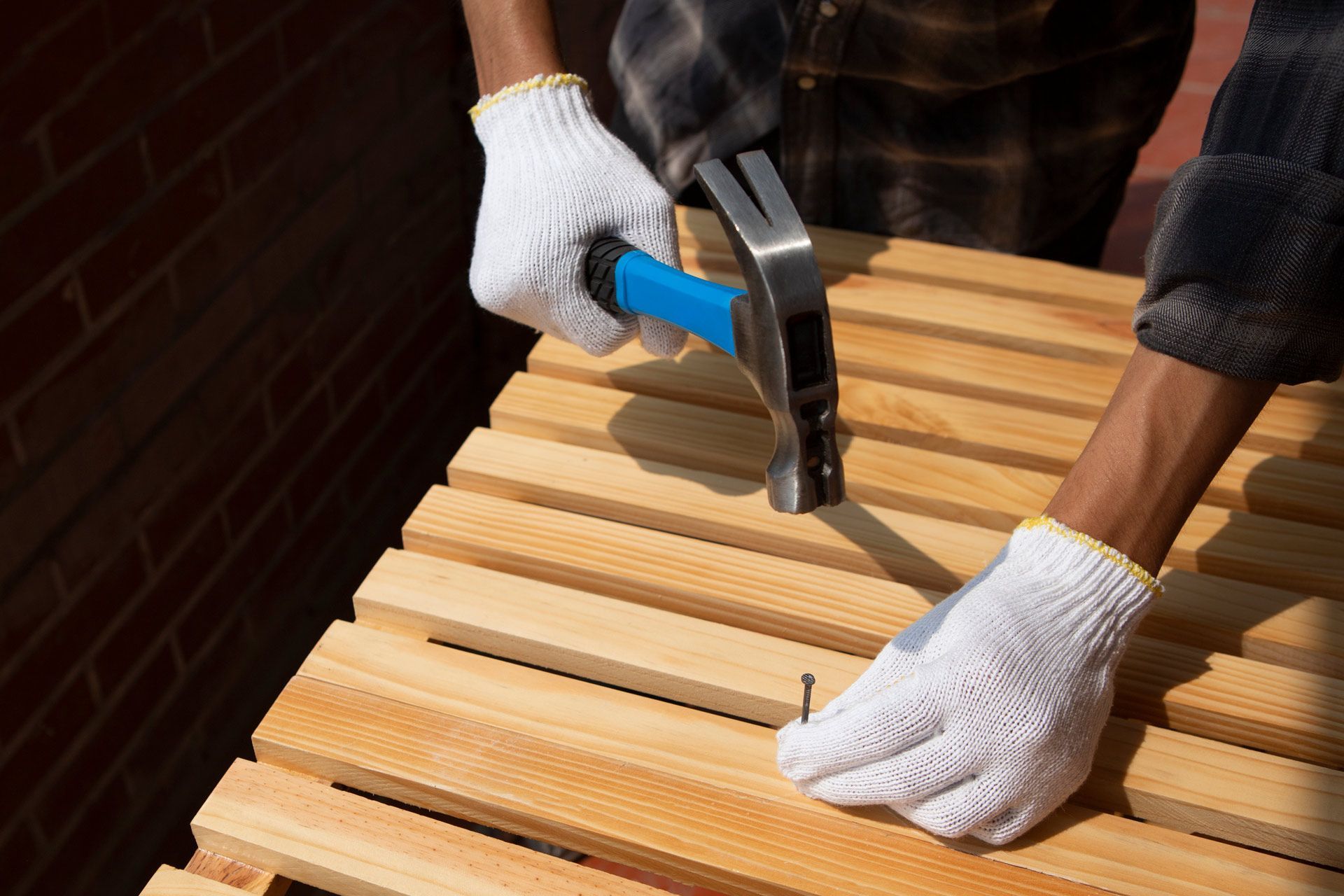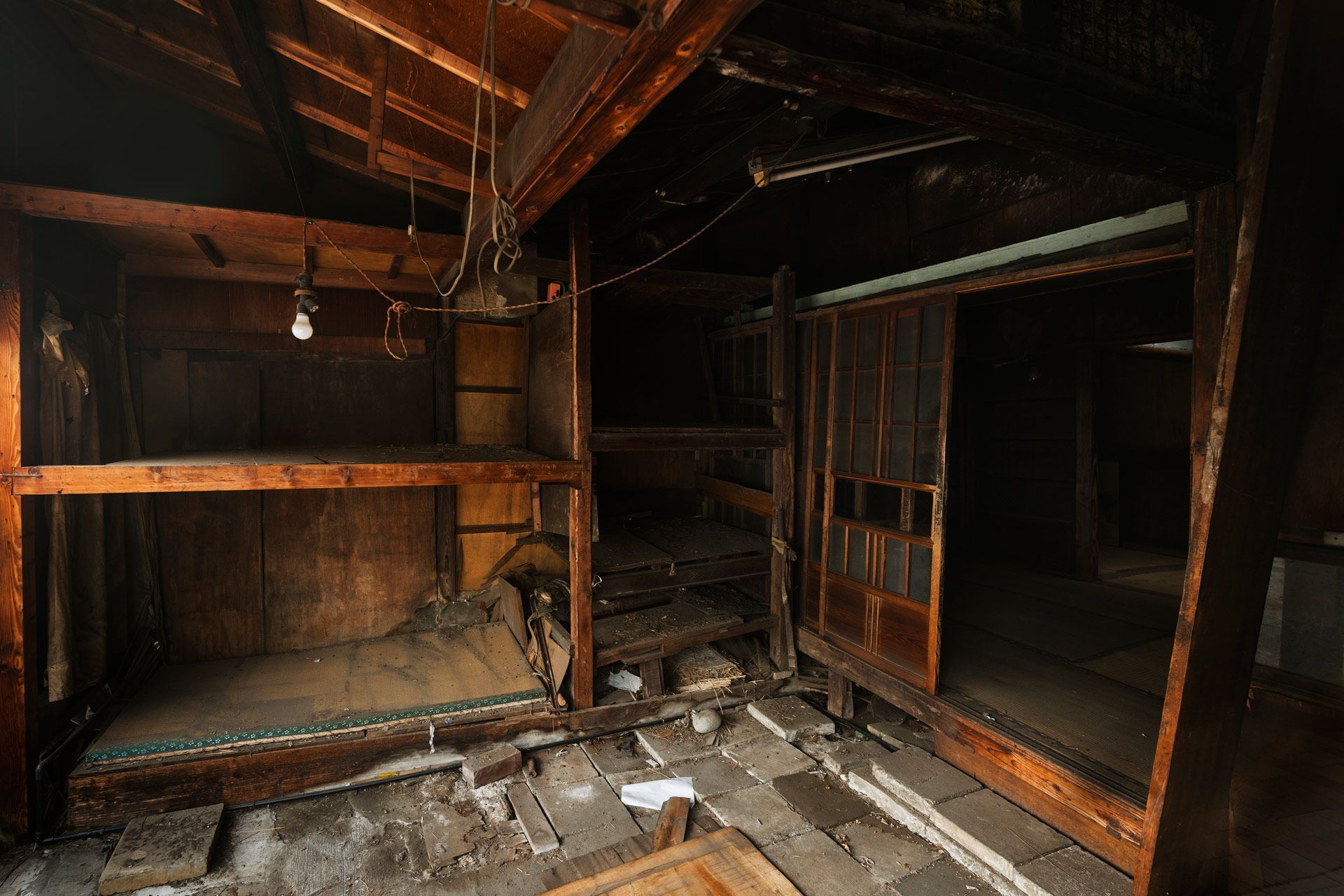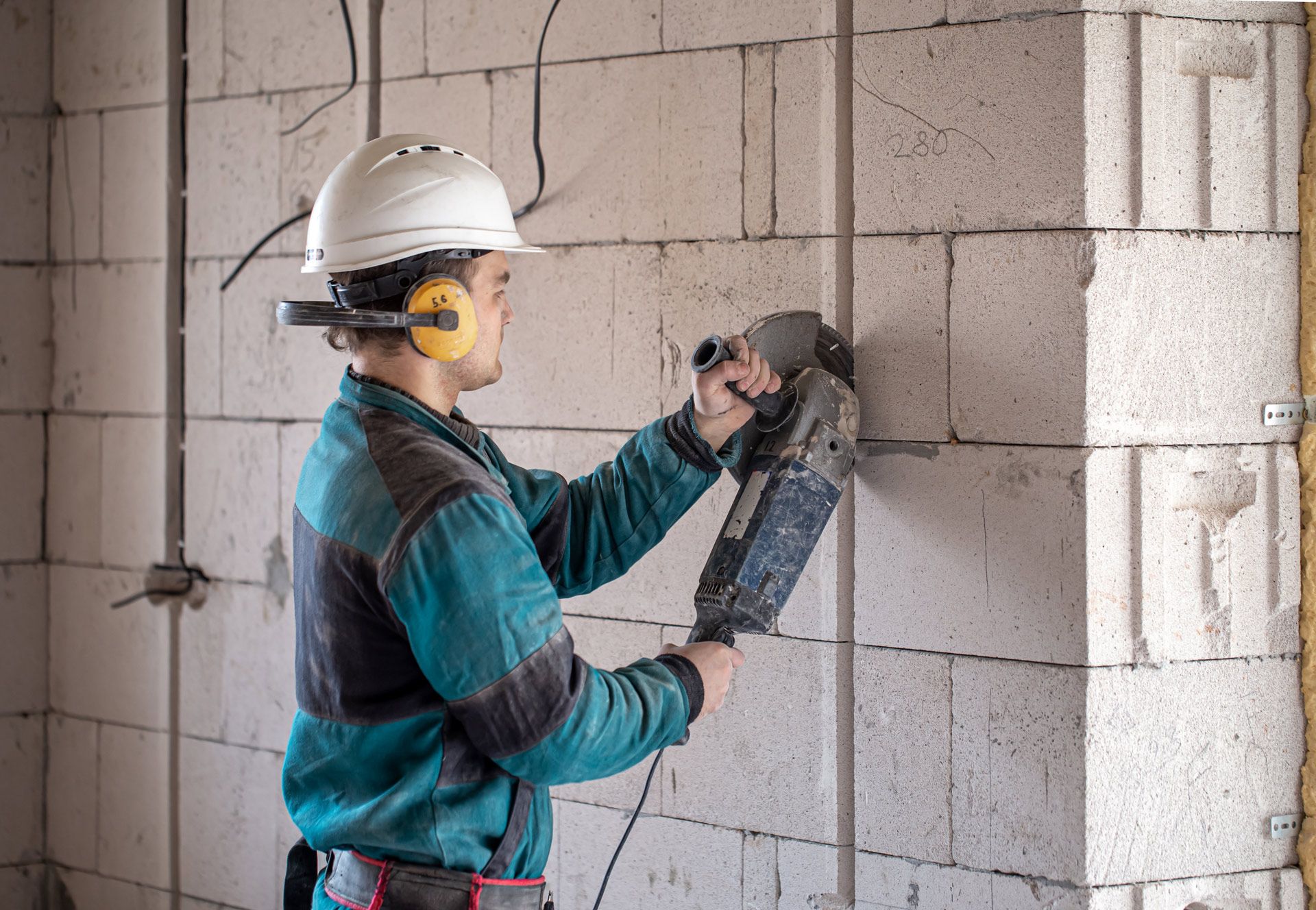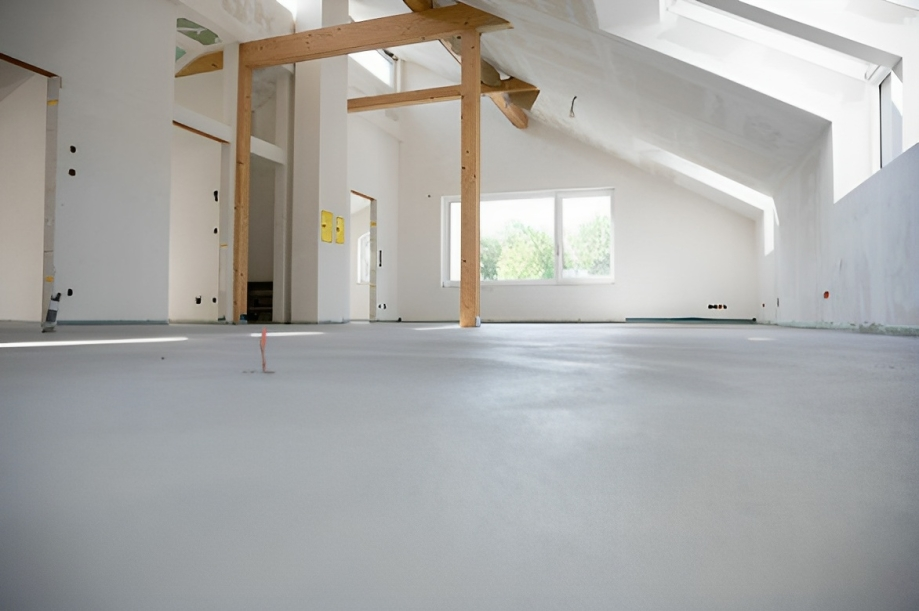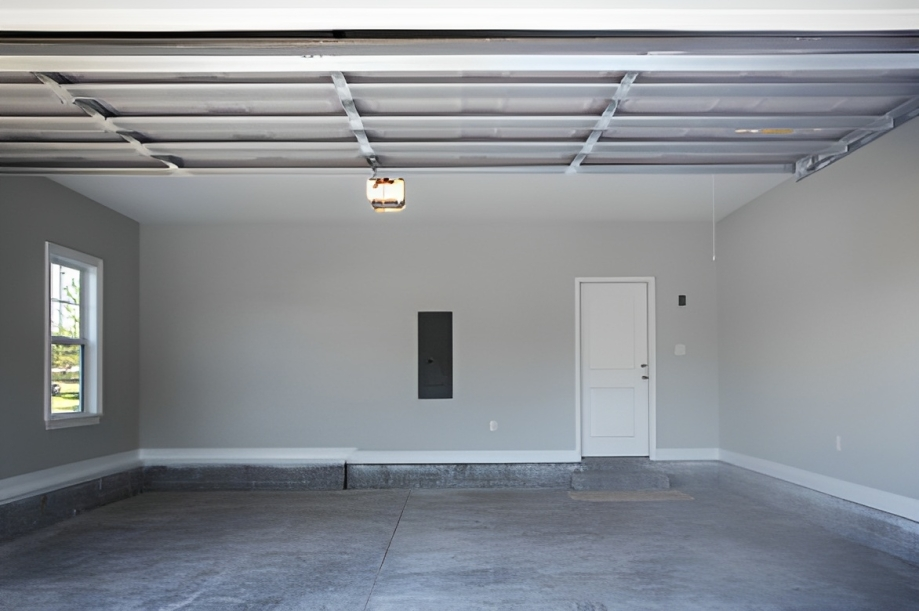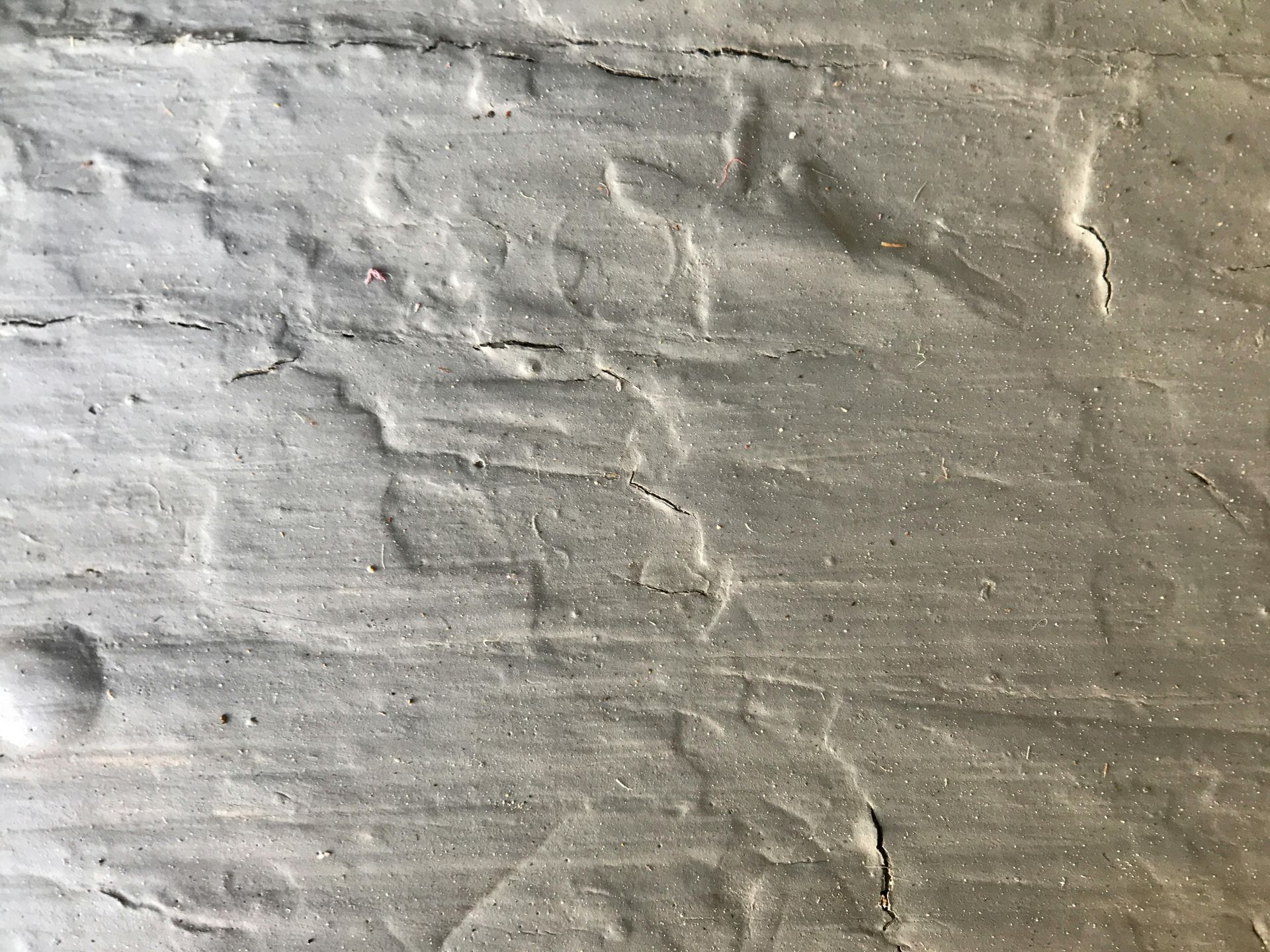
How to Fix Foundation Cracks in Basement Walls: A Homeowner’s Guide for Charlotte, NC
Few things make homeowners more uneasy than finding a crack running through a basement wall. The question immediately becomes: Is this a simple cosmetic issue or a warning sign of a serious foundation problem?
In the Charlotte, NC area, where clay soil expands and contracts with rainfall and humidity, foundation cracks are common — but not all are equal. This guide will help you understand what causes basement wall cracks, how to identify the serious ones, what repairs may be needed, and when to call in a professional structural repair service.
What Causes Foundation Cracks in Basement Walls
Understanding what’s behind the cracks is the first step to finding the right solution. Here are the main causes homeowners in Charlotte often face:
Soil movement and drainage issues
Our region’s red clay soil expands when wet and shrinks when dry. During heavy rain, that expansion pushes against basement walls. During drought, the soil contracts, leaving gaps and uneven support. Both scenarios put stress on the foundation and lead to cracking.
Natural settling and concrete curing
Every house settles a little over time. Concrete also shrinks slightly as it cures. Minor vertical cracks are often part of this normal process, especially in newer homes.
Temperature changes and added weight
Seasonal changes cause expansion and contraction in concrete and framing materials. If you’ve recently added weight above — like a remodel or heavy storage — it can also increase pressure on the foundation.
How to Identify Types of Cracks in Basement Walls
Not all cracks are created equal. The direction, size, and pattern of a crack can tell you a lot about its cause and severity.
Vertical cracks
These are the most common and usually the least serious. They often occur from normal settling or drying of concrete. Still, monitor them for widening or moisture.
Diagonal or stair-step cracks
These appear at an angle or in a stair-step pattern in block walls. They often mean one part of your foundation is settling more than another — a sign of uneven soil pressure or drainage problems.
Horizontal cracks
Horizontal cracks are more concerning. They often indicate that soil pressure is pushing against your basement wall, which can lead to bowing or structural instability. These require professional evaluation.
Hairline cracks
Thin, shallow cracks that don’t change over time are typically cosmetic. However, if they start to widen, allow moisture, or appear with other signs of movement, they should be checked.
How to Tell If the Crack Needs Repair
Before deciding what to do, it helps to assess whether a crack is minor or serious.
Step 1: Measure and monitor
Mark each end of the crack and note its width. If it widens or new cracks appear nearby, that indicates movement and the need for repair.
Step 2: Check for other warning signs
Look for stuck doors or windows, uneven floors, or moisture along the wall. If you see any of these, it could mean the foundation is shifting.
Step 3: Evaluate the severity
If a crack is small, vertical, and dry, you can usually monitor it. If it’s horizontal, bowing, or letting in water, professional attention is necessary.
How to Repair Foundation Cracks in Basement Walls
Before you grab tools or call a contractor, determine whether the repair is safe for DIY or requires an expert.
Minor DIY repairs
If the crack is small and not showing signs of water or movement, you can perform a simple repair to seal it.
Here’s what to do:
- Clean the area thoroughly to remove dirt and debris.
- Apply a foundation-grade epoxy or polyurethane filler according to the manufacturer’s directions.
- Allow it to cure fully and recheck periodically for changes.
These products seal the surface and prevent small cracks from allowing moisture through.
When to call a professional
Some cracks are beyond the reach of DIY fixes. If you notice any of these signs, contact a structural repair specialist:
- Horizontal or stair-step cracks
- Bowing or leaning basement walls
- Water intrusion or damp walls
- Cracks that reappear after repair
- Multiple cracks or foundation settling
What professionals can do
Structural repair experts use specialized techniques and materials that go far beyond surface patches. Depending on the cause and severity, they may:
- Inject structural epoxy or polyurethane deep into the crack to restore wall strength.
- Install carbon-fiber reinforcement strips or wall braces to stabilize bowing walls.
- Use foundation piers or underpinning to stabilize and level the home.
- Correct drainage and waterproofing issues to prevent recurring pressure on the walls.
These professional methods address both the symptoms and the underlying causes, ensuring long-term stability.
How to Prevent Future Cracks
Foundation problems can often be prevented with regular maintenance. Here’s how homeowners in Charlotte can reduce their risk:
- Keep gutters and downspouts clear so water flows away from your foundation.
- Ensure the ground slopes outward from your home instead of toward it.
- Avoid planting large trees too close to the house — roots can affect soil stability.
- Check for leaks, poor grading, or standing water after storms.
- Schedule periodic foundation inspections, especially in older homes.
Regular attention keeps small issues from becoming major structural repairs later.
Frequently Asked Questions
- Are all foundation cracks serious?
Not necessarily. Many small vertical cracks are harmless. But cracks that widen, run horizontally, or allow water in should be inspected by a professional.
- How wide does a crack need to be before it’s a problem?
Cracks wider than about one-quarter inch are typically worth investigating, especially if they change or are accompanied by other signs of movement.
- Can I fix a foundation crack myself?
Minor cracks can be repaired with epoxy or sealant, but anything involving movement, moisture, or structural stress should be left to professionals.
- What happens if I ignore a foundation crack?
Over time, cracks can worsen, allowing water infiltration and damaging the home’s structure. Repairing early is far more affordable than fixing major structural failure later.
Conclusion
Finding cracks in your basement wall doesn’t automatically mean disaster, but it should never be ignored. Charlotte’s changing soil conditions and humid climate can easily turn small cracks into costly structural issues if left unaddressed.
By understanding what causes
foundation cracks, how to identify them, and when to seek
professional help, you can protect your home’s stability, safety, and value. For lasting peace of mind, a professional foundation inspection is always the best next step.


